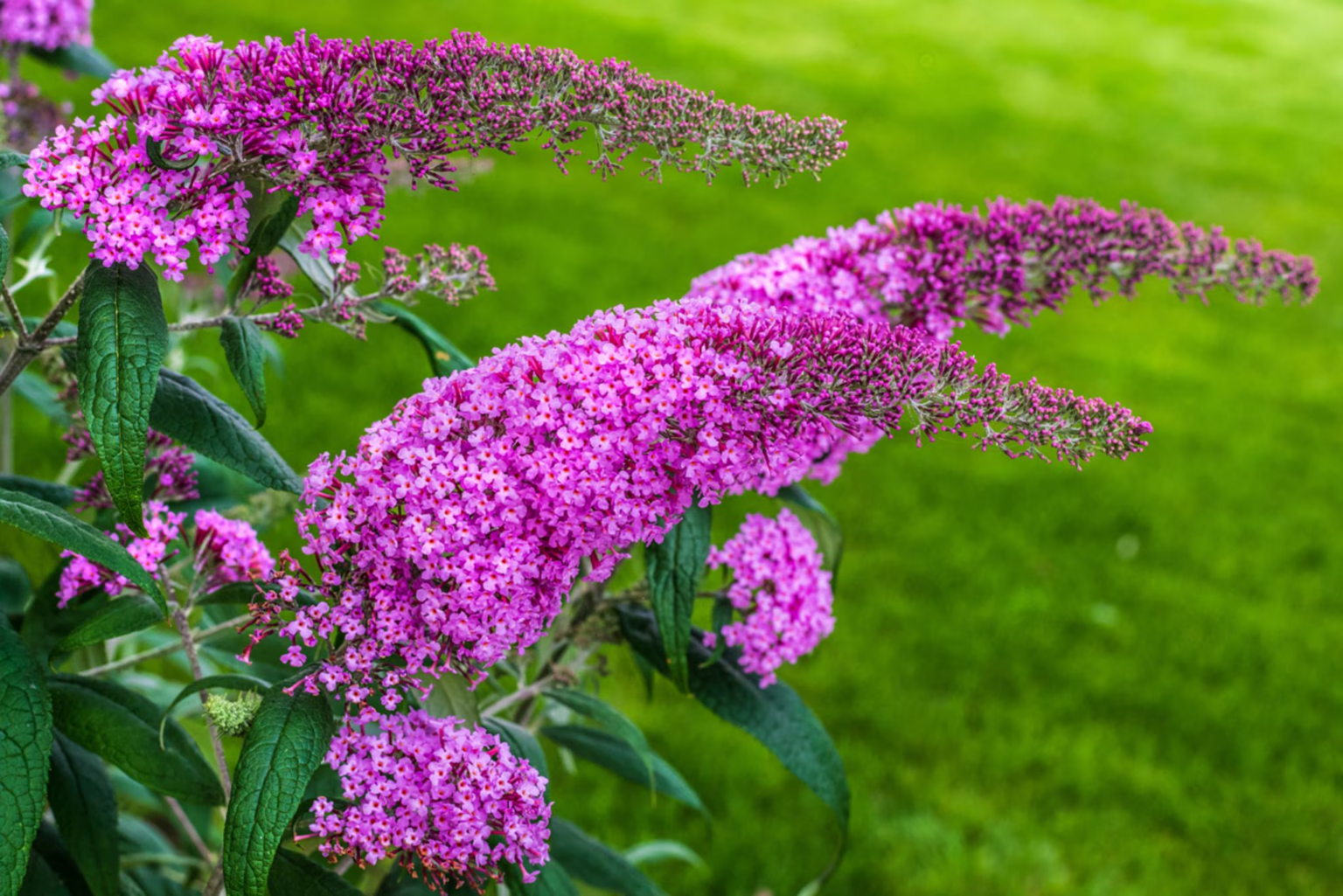The butterfly bush, also known as Buddleja or summer lilac, has become a garden favorite, celebrated for its fragrant blooms that attract butterflies in abundance. Its appeal among gardening enthusiasts is undeniable, but for this shrub to showcase its full floral beauty every year, regular pruning is essential.
Why Pruning Matters
While pruning isn’t strictly required for a butterfly bush, strategic trimming can significantly enhance its flowering potential. This is particularly beneficial for older shrubs that may have reduced flowering over time. Additionally, removing faded blooms helps control its spread in the garden.
The Best Time for Pruning
Butterfly bush pruning can be done at different times of the year, depending on your gardening goals:
- Rejuvenation Pruning in Late Winter or Early Spring: The optimal time for a thorough pruning is in late winter or early spring when the plant is dormant. Cut the shrub back to about 20 to 30 cm above the ground to encourage vigorous new growth.
- Light Pruning in Autumn: After the flowering period in autumn, a light pruning can help shape the bush. Avoid a drastic cut during this time, focusing instead on minor trimming.
- Deadheading in Late Summer: Removing spent blooms in late summer is crucial to prevent seed dispersal and uncontrolled spreading. This simple step saves you from dealing with unwanted seedlings.
Pruning Techniques and Care Tips
When pruning the butterfly bush, always use sharp, clean tools to prevent injury and infection. Cut slightly above a bud or leaf node at a slight angle, which allows water to drain away from the cut and reduces the risk of water damage to the stem.
Important Note on Invasiveness
In Europe, the butterfly bush is considered invasive, as it can spread easily and displace native plants. Despite this, its long blooming period provides valuable food for butterflies and bees. To prevent its unintentional spread, promptly remove faded blooms and dispose of them in household waste if seeds have already developed. For those interested in supporting local pollinators, there are many alternatives, such as insect-friendly plants and seed mixes that contribute to biodiversity.
Summary
The butterfly bush adds both aesthetic and ecological value to any garden. With timely pruning, you can enhance its blooming potential while keeping its spread in check. Remember to deadhead faded flowers and use clean tools to maintain a healthy, thriving shrub that remains a vibrant attraction for butterflies and other pollinators. 🌿

